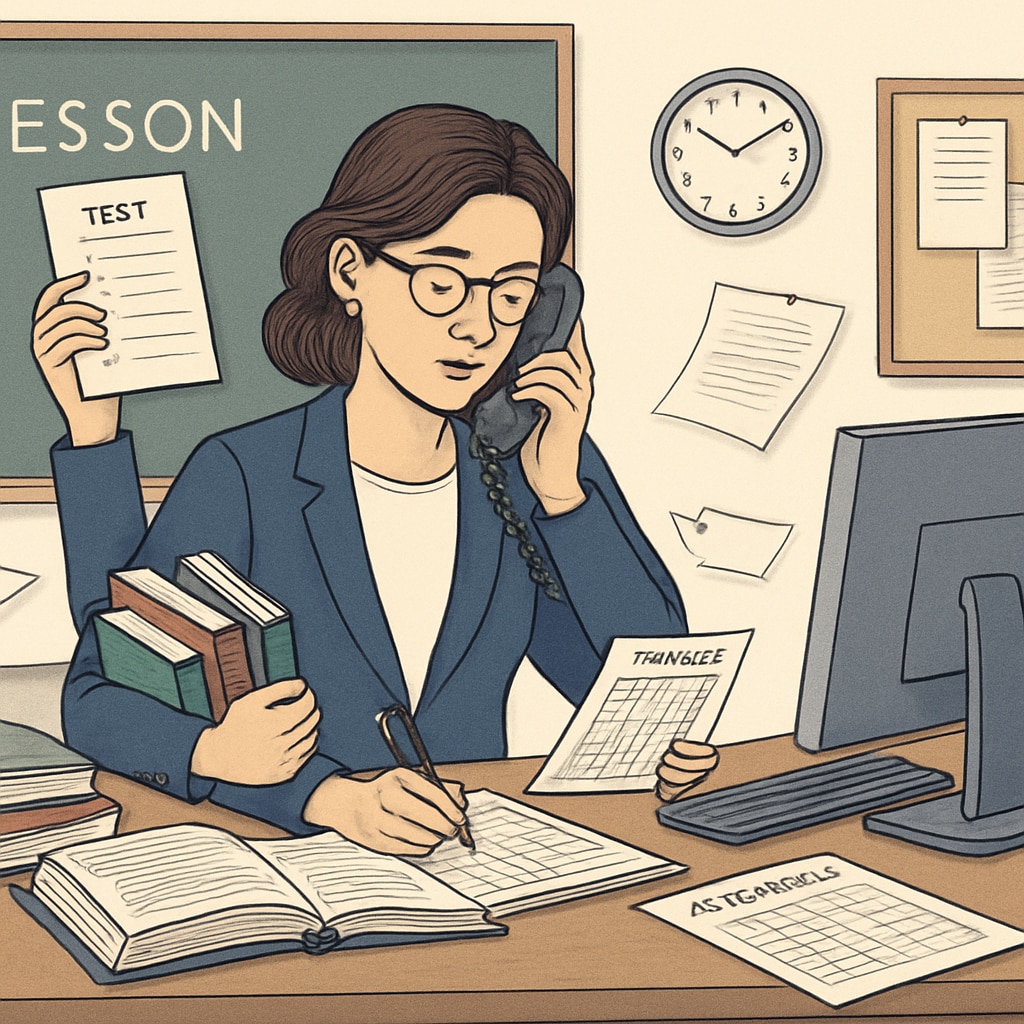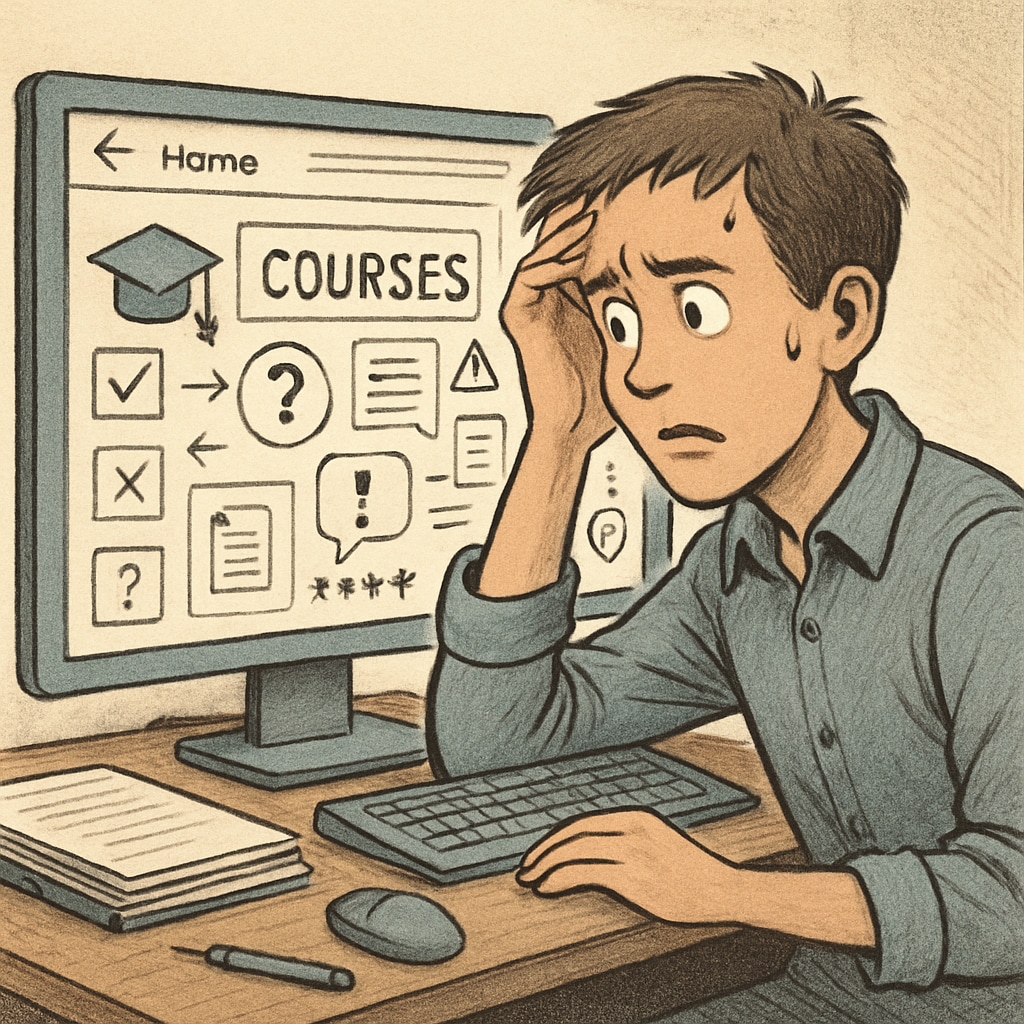Educators and students in K12 classrooms encounter numerous education problems, tool needs, and daily challenges that hinder effective teaching and learning. Despite the proliferation of educational technology, many tools fail to address the specific pain points experienced by teachers and learners on a day-to-day basis. This article explores these challenges, analyzes gaps in existing solutions, and highlights the urgent need for innovative tools tailored to real classroom scenarios.
Understanding Key Challenges in K12 Education
The K12 education landscape is fraught with obstacles that affect both educators and students. For teachers, common issues include excessive administrative tasks, difficulty personalizing lessons for diverse learners, and insufficient time to focus on creative teaching methods. Students, on the other hand, struggle with engagement, uneven access to resources, and the pressure of standardized testing.
- Administrative burden: Teachers often spend a significant portion of their day on non-teaching activities such as grading, report generation, and curriculum planning.
- Learning diversity: Classrooms are increasingly diverse, yet many tools lack the flexibility to adapt to different learning styles and needs.
- Resource disparity: Students in underfunded schools frequently lack access to quality materials and technology.

Limitations of Current Tools
While digital tools and educational platforms have become more prevalent, they often fall short in addressing practical needs. For example, many tools prioritize flashy features over functionality, leaving educators with solutions that are difficult to implement or poorly integrated into classroom workflows. Additionally, students may find these tools disengaging or overly complicated, reducing their efficacy.
Key limitations include:
- Lack of integration: Tools that don’t work seamlessly with school systems create more work for teachers.
- Poor user experience: Overly complex interfaces can alienate both students and educators.
- One-size-fits-all approach: Many platforms fail to accommodate individual learning preferences and classroom dynamics.
For example, a recent study by Britannica highlights the importance of tools that enhance personalized learning, yet many existing solutions lack this capability. Similarly, Wikipedia’s entry on educational technology notes the gap between technology innovation and practical implementation in schools.

Innovative Solutions to Bridge the Gap
To truly address the pain points in K12 education, future tools must prioritize functionality, adaptability, and user-centric design. Here are some proposed innovations:
- Smart automation: Tools that reduce administrative workload, such as AI-powered grading and report generation systems.
- Adaptive learning platforms: Solutions that use data analytics to personalize lessons based on individual student performance and preferences.
- Accessible resources: Platforms designed to bridge the resource gap in underfunded schools, offering free or low-cost digital materials.
- Simplified interfaces: User-friendly designs that cater to both tech-savvy and non-tech-savvy users.
These advancements can significantly improve teaching efficiency and student outcomes, fostering a more equitable and engaging learning environment.
As a result, integrating these solutions into classrooms will require collaboration between educators, policymakers, and technology developers. By addressing education problems, tool needs, and daily challenges, we can ensure that digital innovations align with practical educational demands.
Conclusion: The Future of K12 Education
The challenges faced in K12 education are significant but not insurmountable. By identifying gaps in current tools and emphasizing innovation, we can create solutions that empower teachers and students alike. Addressing education problems, tool needs, and daily challenges is essential for fostering a more effective and inclusive education system. The future of education lies in tools that not only enhance learning but also alleviate the burdens of teaching.
Let’s work toward a future where classrooms are equipped with technology that truly meets the needs of educators and learners, paving the way for a brighter, more accessible education for all.


